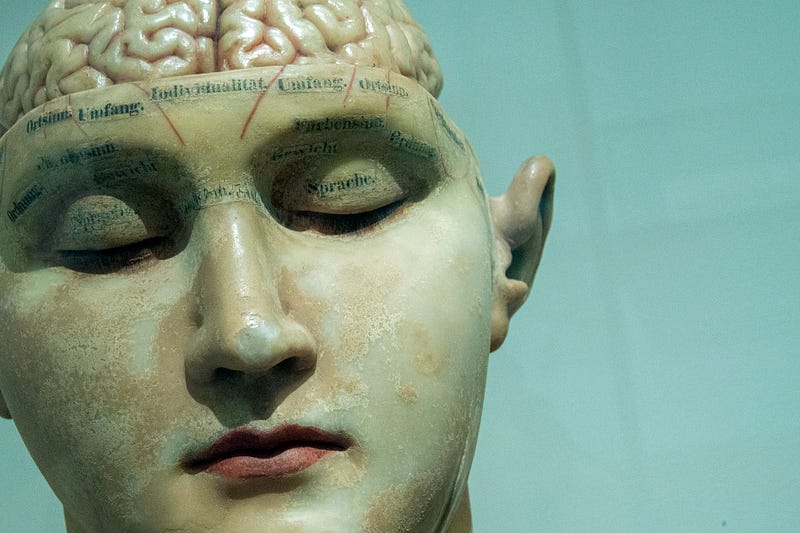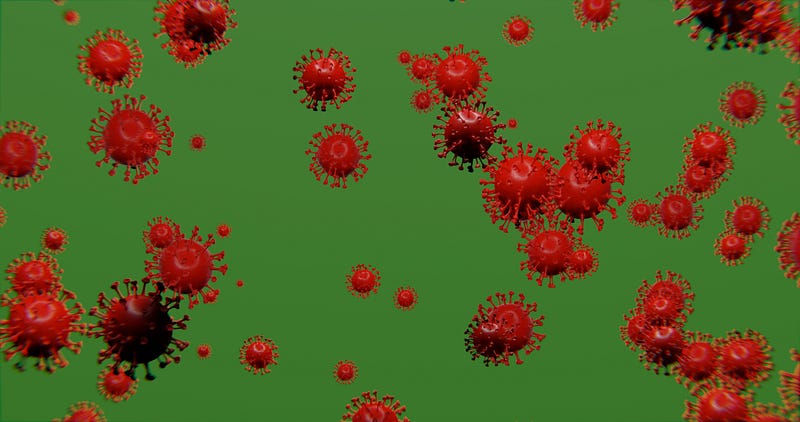Exploring the Vibrational Basis of Consciousness and Self-Awareness
Written on
Chapter 1: The Vibrational Nature of Self-Awareness
Understanding how the vibrations in our brain contribute to self-awareness reveals a fascinating complexity. These relatively simple vibrations interact within various physical components of the brain, creating an intricate web that underlies our conscious experience.
All vibrations, no matter how simple, play a crucial role in forming our self-awareness.
Section 1.1: The Resonance Theory of Consciousness
The resonance theory of consciousness aims to unify our understanding of mind and matter. This approach merges neurobiology, the exploration of human consciousness, and biophysics into a cohesive framework. The concepts of synchronization, harmonization, and general resonance appear to be deeply intertwined with the essence of consciousness itself.

According to this theory, synchronized vibrations lie at the heart of consciousness in both humans and animals, suggesting a fundamental link between physical reality and conscious experience.
Subsection 1.1.1: Mechanisms of Consciousness
Vibration and resonance emerge as fundamental mechanisms of consciousness, influencing how we perceive reality. Everything—regardless of whether it appears static—vibrates and resonates at specific frequencies, contributing to the overall experience of consciousness.
Section 1.2: Defining Resonance
Resonance can be understood as a specific type of movement characterized by vibrations between two states. Ultimately, all matter manifests as vibrations stemming from various underlying fields. When objects are in proximity, they begin to vibrate in unison, while even seemingly stationary objects continuously resonate.
Chapter 2: The Role of Synchronous Vibrations in Consciousness
Resonance can be viewed as synonymous with synchronous vibration, emphasizing its significance not just for human consciousness but for all forms of physical reality.
The past decade has witnessed the development of a "resonance theory of consciousness," which posits that our understanding of consciousness hinges on recognizing it as a form of resonance. This perspective suggests that our physical bodies consist of resonators, with the self acting as an interference pattern that disrupts the natural tendency of resonators to align harmoniously.
The relationship between matter and consciousness is reciprocal; they are intertwined aspects of the same reality. Advocates of panpsychism argue that consciousness does not emerge in isolation but is always connected to matter, with the simplicity of thoughts corresponding to the complexity of the material universe.
Section 2.1: Brain Resonance and Consciousness
For consciousness to manifest, a conscious entity must possess a brain. However, it appears that consciousness may not be strictly dependent on physical structures; rather, the ability to generate universal resonance within a brief timeframe is essential.

Research utilizing brain imaging techniques suggests that consciousness necessitates some form of communication or resonance across different brain regions. Notably, gamma synchronization involves a greater number of nerve cells and neural connections than beta or theta rhythms, suggesting that the nature of these connections is critical for expanding consciousness beyond rudimentary forms.
Section 2.2: Expanding Consciousness through Resonance
The theory of resonance in consciousness seeks to connect ongoing research across various disciplines with the perspective that general resonance is fundamental to understanding consciousness. This idea, supported by Fries and others, aims to elucidate not only human and mammal consciousness but also broader forms of awareness.
The exploration of consciousness extends to all entities, from the tiniest atoms to humans, suggesting that varying degrees of consciousness exist throughout the universe.

Crick and Koch's neurobiological theory emphasizes that different electrical patterns in the brain synchronize to yield various types of consciousness. German neurophysiologist Pascal Fries concluded that the brain operates at multiple frequencies, influencing our conscious experiences.
Section 2.3: Dissolving the Ego through Resonance
Engaging resonators in the heart and mind can significantly diminish the interference pattern associated with the ego, a fear-based illusion of self. Once fear dissipates, only the sympathetic vibrations remain, fostering a profound understanding of the vibrational nature of existence.
In summary, the study of resonance offers deeper insights into the nature of consciousness and the universe at large. By approaching consciousness through the lens of resonance, we can explore its complexities and interconnections across various fields of study.
The interaction between neurons in the brain plays a crucial role in our consciousness, and the NOW model proposes that some form of consciousness exists even in lower neural hierarchies, regardless of its primitive nature.
The resonant mindfulness theory aims to create a comprehensive framework that encompasses neurobiology, neuroscience, and the philosophy of mind, addressing the fundamental questions surrounding the evolution of consciousness and physical systems.
The Takeaway: Resonance in Consciousness
Ultimately, the resonance theory posits that consciousness is a field where various specific fields tied to matter and energy operate at different levels of conscious awareness. This intricate relationship underscores the complexity of understanding consciousness and its vibrational underpinnings.
Thank you for engaging with this exploration of consciousness and vibrations. Your thoughts and reflections are welcome in the comments section. Special thanks to @DeMehmetYildiz for featuring my work on Illumination!
For more insights, feel free to subscribe to Medium for regular articles from me.